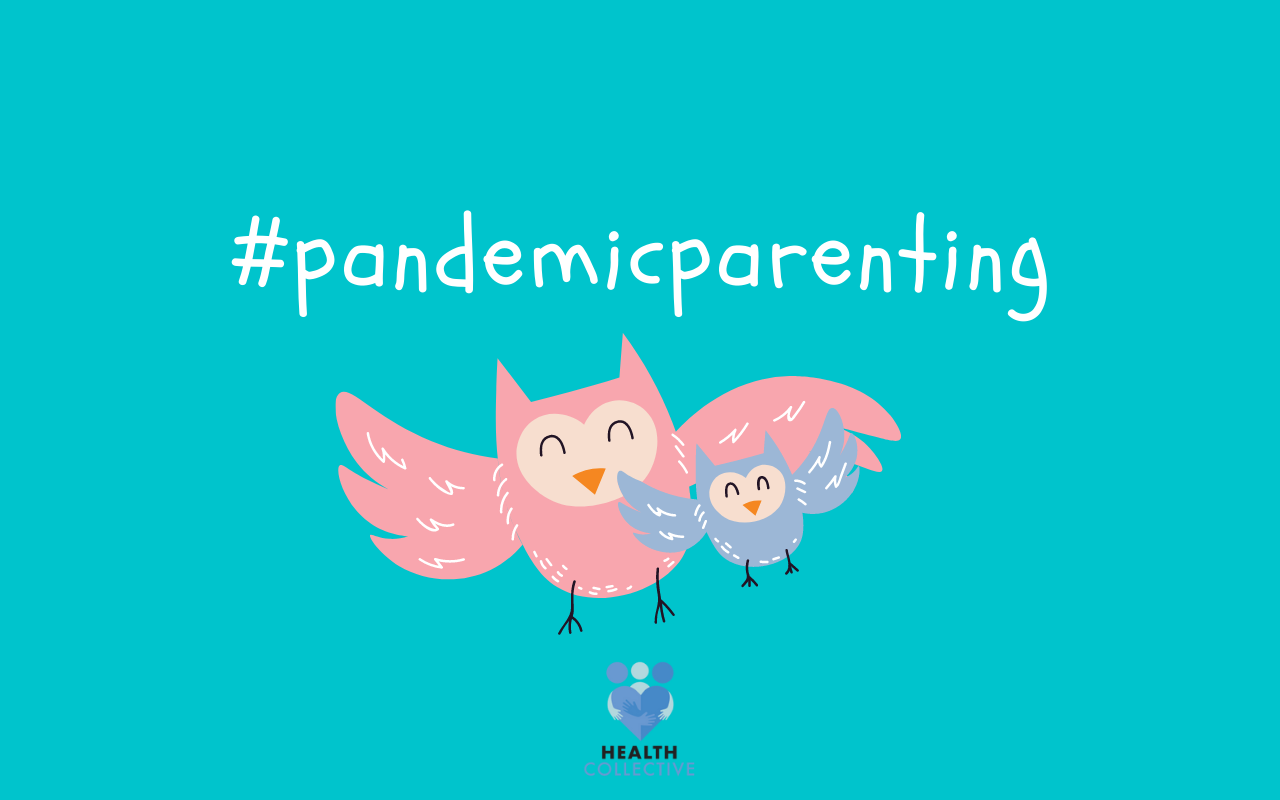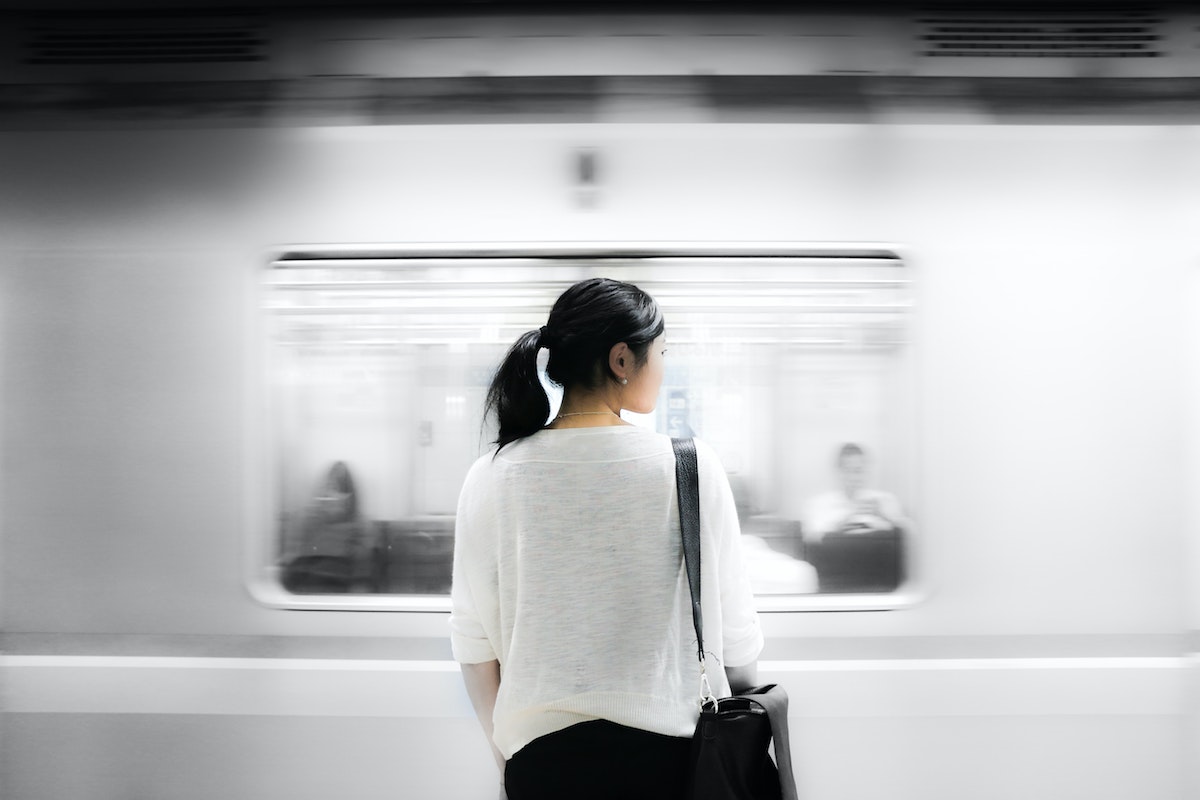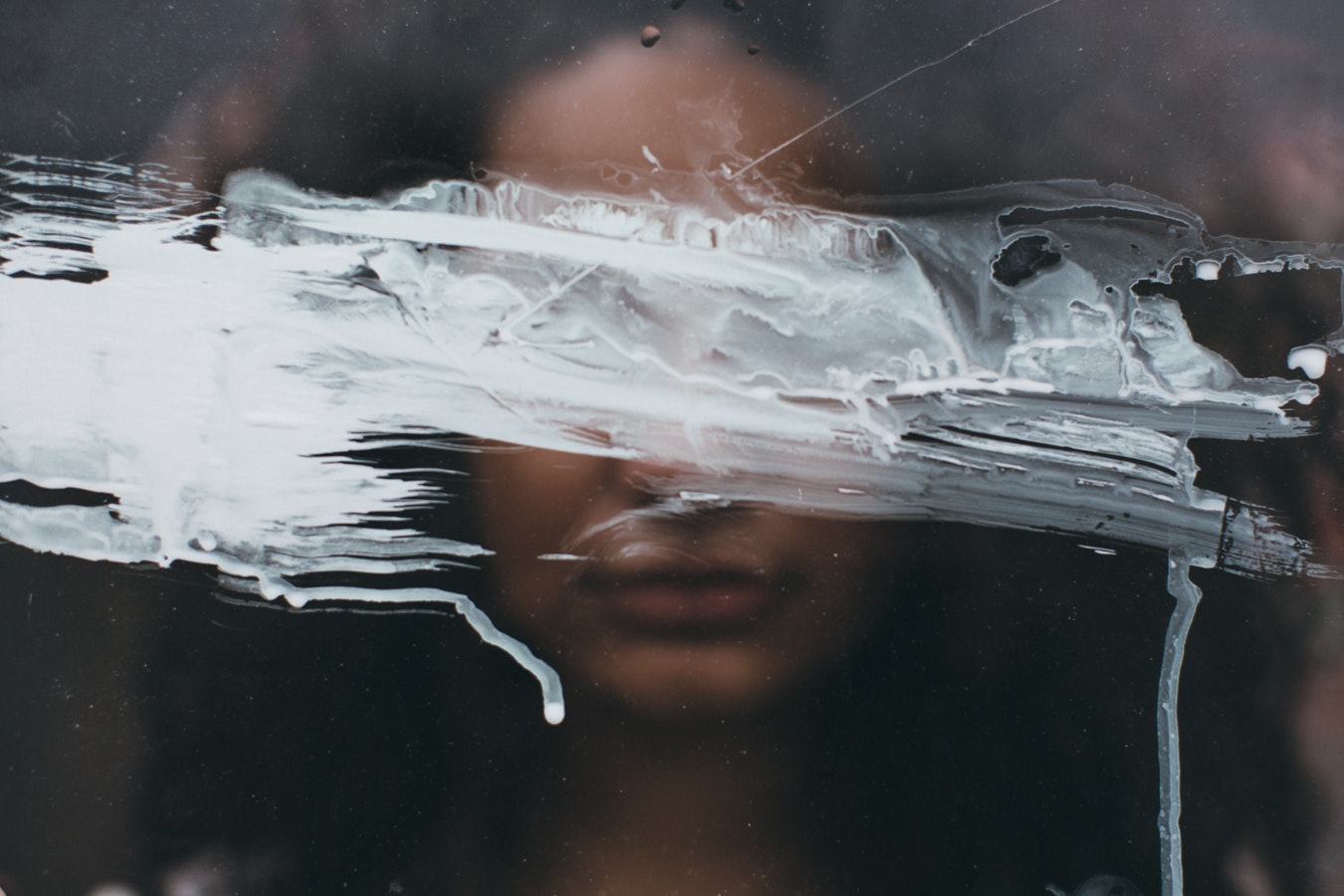Love and Rage: What your Children May Need you to Know
This is an e-interview with psychologist Nupur Paiva Dhingra, author of Love and Rage: The Inner Worlds of Children. You can read an excerpt of the book here before (or after!) this interview. Let us know your thoughts, as always, you can reach us right here on the site or on social (Twitter: @healthcollectif | Instagram: HealthCollectiveIndia)
1) What inspired you to write Love & Rage: The Inner Worlds of Children?
It was a combination of frustration and need – both mine. My frustration with the fact that we were, as a society, abysmally unaware of children’s emotional worlds as complex, deep and having lasting impact; that we seemed to oscillate between reverence of children in their early years (usually male) and emotional neglect (of both sexes), and we were rearing children with low frustration-tolerance, low attention spans, low affect tolerance and high reactivity – which meant that children were struggling with knowing themselves, with expressing emotion, dealing with failure, persisting in the face of difficulties and often reacting with anger or disinterest –- often because of a lack of attention and guidance -– to both parents and children.
The need was also mine – to let the reading public know that there was not much difference between what came into the consulting room of a mental health professional and what was happening in their homes – that it was not crazy or bizarre. It was just ordinary. That we have the same ordinary struggles of anxiety, grief, loss, rage, abandonment, jealousy and hate. It was sometimes a difference of degree and intensity, at other times simply of the courage to be open and honest. And that just because the struggles were ordinary did not mean they could be overlooked.
I needed to share real stories that had moved me so it would make readers think about their own unexamined personal histories and take them seriously. Just because we don’t pay attention to an emotional truth does not make it go away. That is not how human beings work.
For more on what kids are going through this pandemic, do read this piece below:
2) Can you talk to us a bit about the need to “build a community, link people and join minds” that you write about early on in the book, talking about the importance of reducing loneliness?
I wrote this in the context of loneliness as a professional working with the emotional worlds of children. I had returned to work in India only to find myself lonely; without colleagues or social sanction, so far back in the margins as a profession that I did not know where to start. I found there to be a serious dearth of professionals to help children and their parents attend to the emotional impact of life events – birth, weaning, food, sleep; going to school, making friends, losing loved ones, sharing parents with siblings; failure, anger, greed, envy. I have made this my central work – the child’s internal emotional world and the fundamental importance of the ordinary difficulties of growing up. There are still very few professionals in Delhi who understand what this means. Too few. My book is an attempt at reducing this loneliness by creating a community of like-minded people.
This is important because there are people who do get it – who get it when we talk about the importance of the mother’s emotional state during her pregnancy and in the first few months of her newborn baby’s life; who get it when we talk about the emotional impact on a child of losing a parent; people who get it when we talk about the emotional impact of violence in the home, of separation and divorce. Or of the importance of ordinary stories, play and daily repeated life events.
Us people, we need to band together and speak up. It is the only way that emotions will get priority in today’s hardboiled, capitalist world.
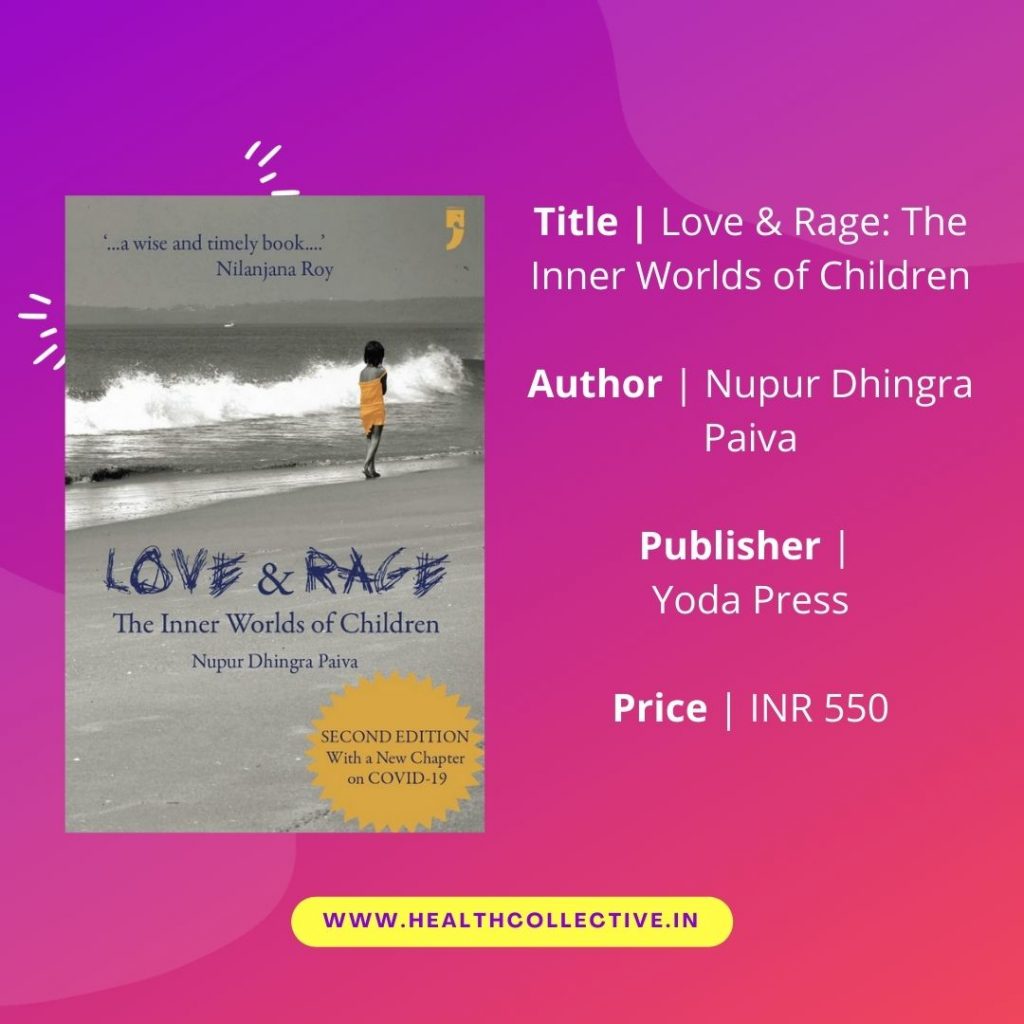
3) What are 2-3 myths you’d like to bust, or common stereotypes that you wish we were done with?
1. There is a deep-seated belief that if you pay attention to children’s feelings, that will encourage them to have more feelings. This one really makes me laugh because there is a fundamental ignorance about feelings. Our feelings are like our organs – like a lung or a liver. It is always there. You don’t think about it or about its functioning unless it starts to conk out on you or cause pain. Yet, would your lungs become ‘more lungs’ if you paid attention to them? Or would it just be more in your awareness?
Please do not think that this belief is held by the poor unlettered masses. That is another myth.
This is the belief held by the most ‘successful’ people in our country. In a well-known institute of higher education, I was told that the counselling centre they had hired me to set up was an indulgence and it would encourage the students to have feelings.
2. A connected myth is that being un-emotional = being strong. Being emotional, that is our humanity. It is what connects us to others and strengthens us. If there is anything we have learnt in this pandemic – being locked up alone, being ill alone in isolation, losing loved ones without seeing them, without holding them – emotions are our strength, our core.
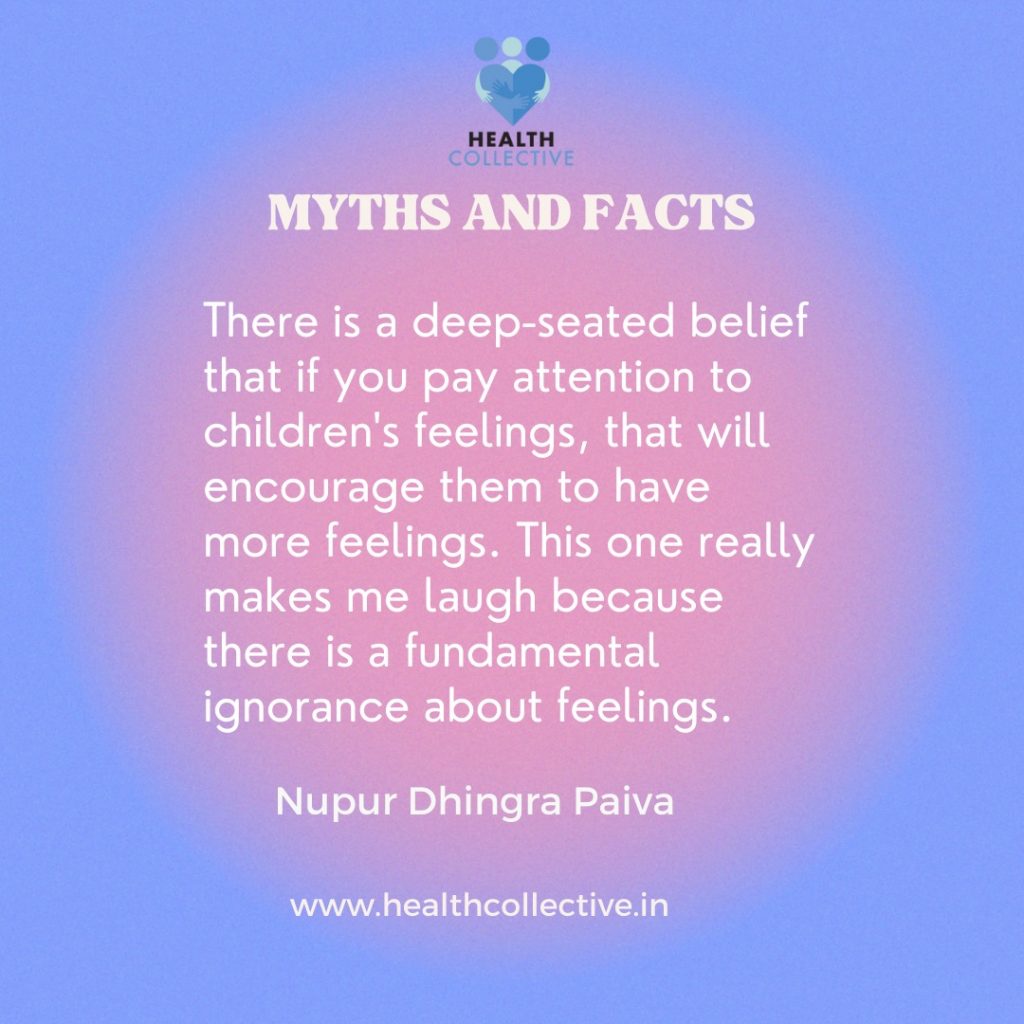
4) Why is it important to have these (often quite difficult) conversations about mental health, about anger, vulnerability and grief in our families, with our friends?
The simple answer to that one is because we all have these – the anger, the grief, the vulnerability. Because it connects us.
When we don’t share it with family and close friends, we do ourselves and our relationships a great disservice. We buy into the mistaken belief that we are somehow different or odd to have difficult feelings; that it is shameful in some way; that being silent and unemotional is the same as being strong.
Not sharing creates more loneliness.
5) One question that pops up every so often is: Did we not have so many of these sorts of issues before, or are cases going up, and if so why?
The issues were always there. There are more people willing to take emotions seriously now.
6) What are your biggest concerns for children and adolescents / young adults in India today and any ideas you’d want to see educationists, policy-makers and others implement?
My biggest concern for young people in our country today is that policy makers do not seem to notice that they have feelings. It is all about them as capital, as human resource, as do-ers of things, as compliant followers of instructions and not as much else.
Our education system gets narrower and more dummy-proof, which is great for grades, but not that good for learning anything, and terrible for creativity whether in language and certainly in thought. My child’s Grade 5 English teacher said that she thought ‘too much out of the box’ and it would not be good for grades in higher classes, suggesting that I rein in my child’s thinking to fit the current requirements of ‘good’ or ‘successful’.
In an educational institution, the usual attitude is that if a child/adolescent is struggling, there is some deficit in the child – who must then be sent for an assessment. or sent out. The onus is shifted onto the individual who then becomes the repository of lack or of distress or of a disorder. That way the system remains pristine. The systemic nature of things does not need to be looked at and there is no introspection on how processes create problems for individuals and therefore for communities. Some individuals push through and ‘succeed’ and many others manage to ‘get by’ at great personal emotional cost to themselves or to their families (otherwise seen as depression, anxiety, violence, alcoholism etc) and communities.
ALSO READ:

